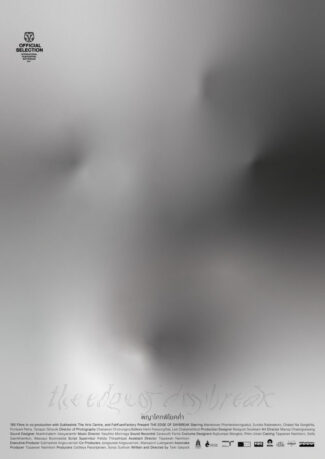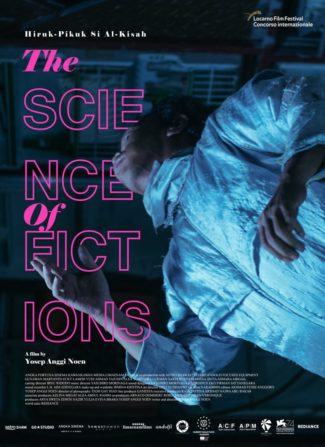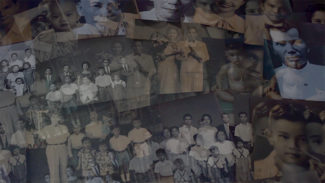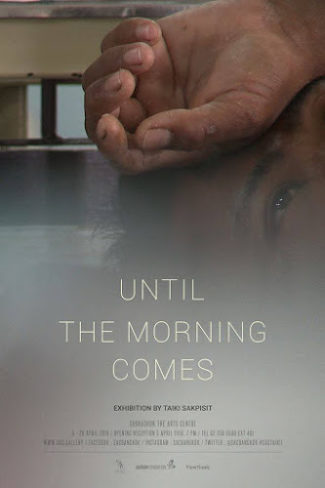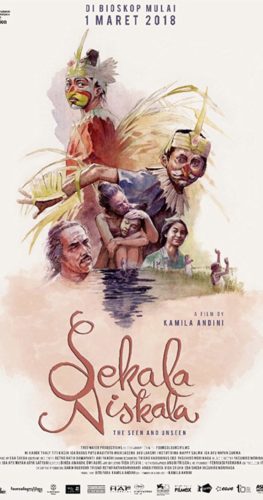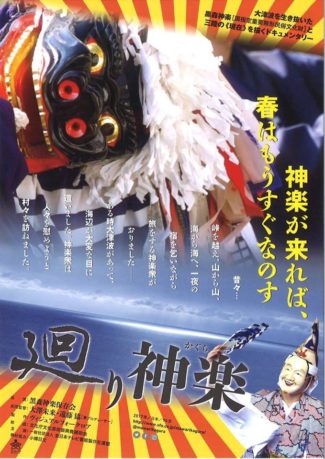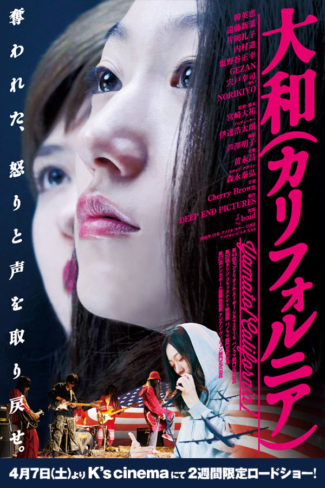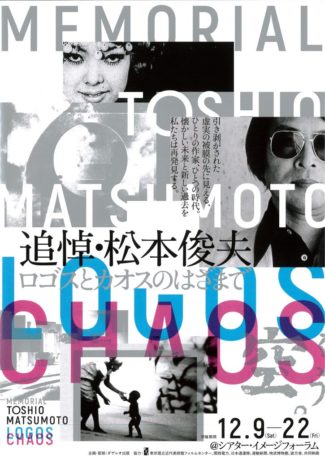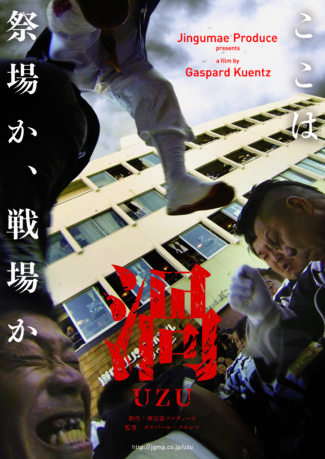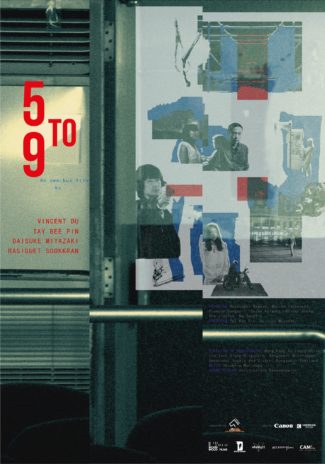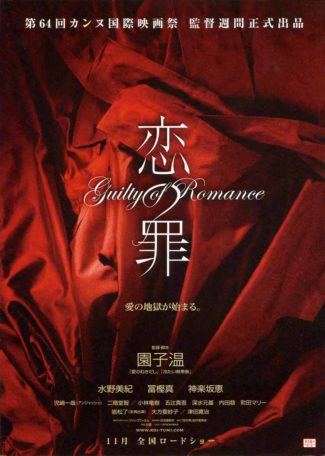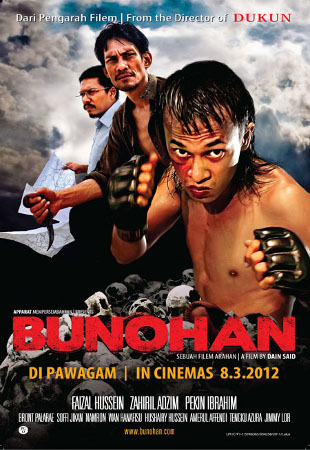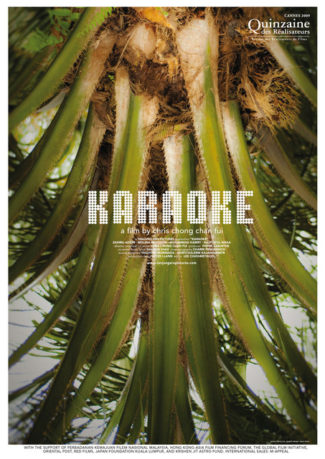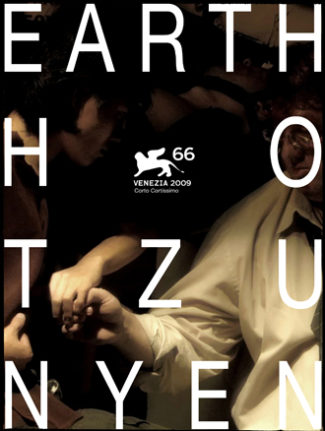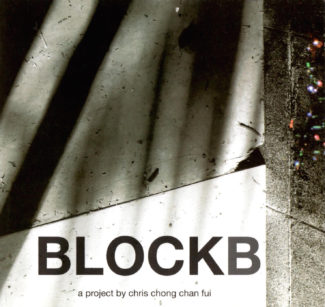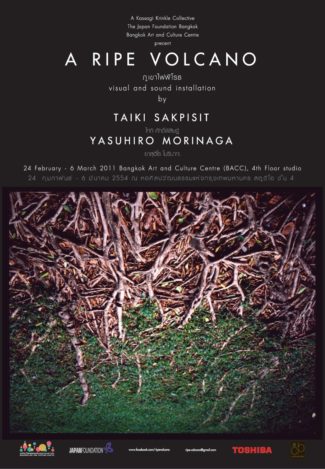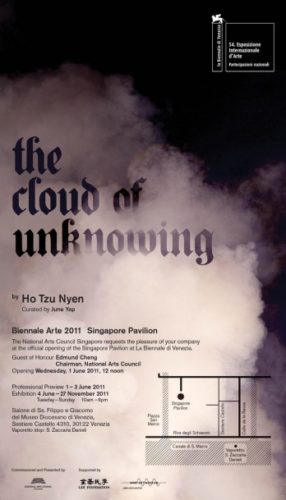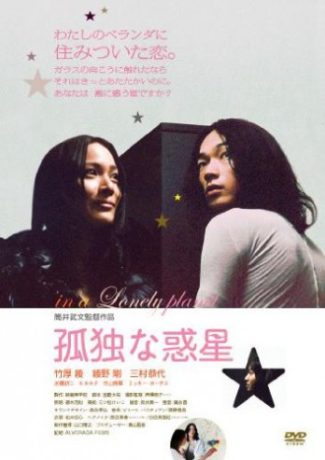Siege – A Closed Off Man
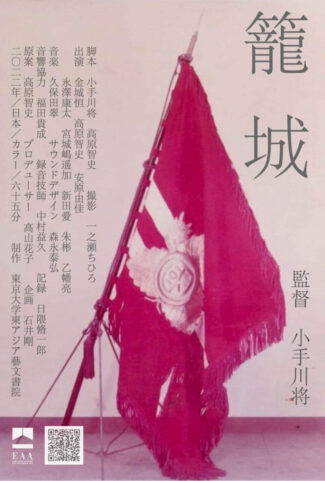
In 1935, the First High School (旧制第一高等学校) was relocated from Hongo to Komaba, where the students were separated from others and enhanced their homogeneity as First High School students by holing up on the campus. However, in an increasingly intense World War II, it was no longer possible to maintain the identity of the First High School.
In the consciousness of a student, “I”, who has been devoting himself to research in a desire to identify with the First High School students, the image of First High School in the Komaba Campus era appears.

